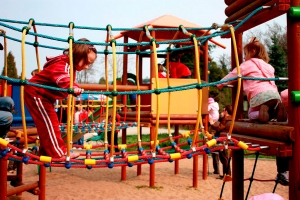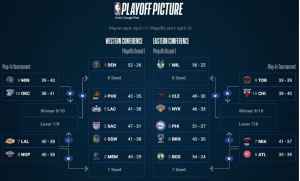The Ghost Cube is a shape-shifting cube that’s difficult to solve. Made up of pieces with radically different shapes, the puzzle is a brain teaser for both experts and beginners.
The challenge lies in the enormous amount of possible permutations. For example, there are more than 43 quintillion possibilities for a cube with six center faces, six corner edges, and four edge pieces.
Features
Made up of pieces sporting radically different shapes and sizes, the ghost cube is a surprisingly difficult puzzle. It has an unusually large set of possible solutions, which make it challenging for adults and children alike.
To solve a ghost cube, you need to rotate the centers to their original position and orientate all of the corners in the correct manner. This requires a lot of patience and can be frustrating for beginners.
The Ghost Cube is a modification of the Rubik’s Cube that uses white instead of color. This makes it harder to keep track of each piece and where it goes because you have to examine the shape of each cube instead of its color.
To rotate the edges of a cube, you can use a number of different algorithms, some of which have side-effects that change other parts of the puzzle. Some algorithms are designed to cycle three corners without changing the rest of the puzzle, while others can permute a pair of edges or turn a corner in a new orientation.
Design
The ghost cube is a unique twist on a Rubik’s Cube with radically different shapes and sizes. It looks very confusing at first glance and can become difficult to solve if you don’t know how it works.
It has nine shaped pieces that change color with every twist of the puzzle. This makes it a great brain teaser for anyone looking to challenge their spatial reasoning, fine motor skills, and basic logic.
In order to get this puzzle back to its squared state, you must rotate each of the center pieces in their original position. This requires a lot of skill and can be extremely frustrating.
Materials
A ghost cube is a 3x3 shape modification that uses pieces with radically different sizes and shapes. This twisty puzzle is a challenge to both puzzle experts and novices.
It's difficult to solve because the center pieces have a particular orientation, and they must be rotated in order for the puzzle to return to its original cubic shape. This makes it hard to use a typical Rubik's Cube technique.
The x, y, and z directions are used to indicate that the entire cube should be turned about one of its axes. These are equivalent to the R, U, and F turns on a Rubik's cube.
When a letter is followed by a prime symbol ('), it denotes an anticlockwise face turn; when it's not, it denotes a clockwise face turn. The numbers in front of the letters refer to the outermost layers, while the numbers behind them indicate the inner layers.
Challenges
Twisty puzzles like the Rubik’s Cube are a great way to exercise spatial reasoning, fine motor skills, and basic logic. They also provide a fun challenge for adults and children alike.
There are hundreds, if not thousands of different twisty puzzles. Some are more difficult than others, however. One of the most challenging is the ghost cube, which is a shape modification of the standard 3x3 puzzle.
The Ghost Cube is very difficult because the center pieces are shaped differently than the rest of the puzzle and must be rotated properly in order to return it back to its cubic shape. This is a challenge even for expert twisty puzzle enthusiasts.
Despite this, it is possible to solve the Ghost Cube. Some speedcubers use memorized sequences or algorithms to solve the puzzle in a matter of seconds. Some speedcubers even use an app on their iPod to generate scrambles for the puzzle, allowing them to manipulate it faster than ever before.






